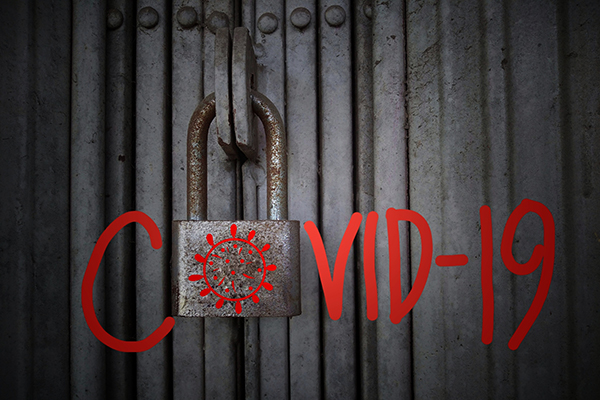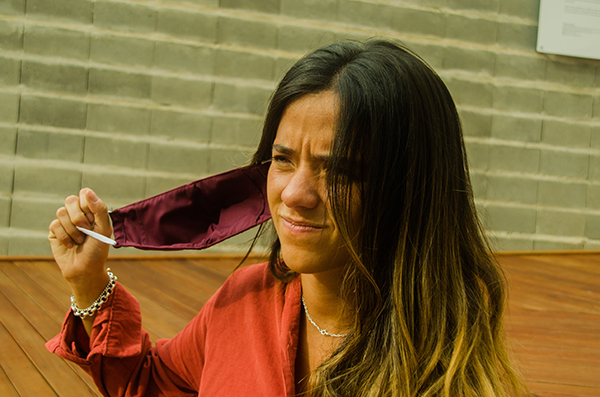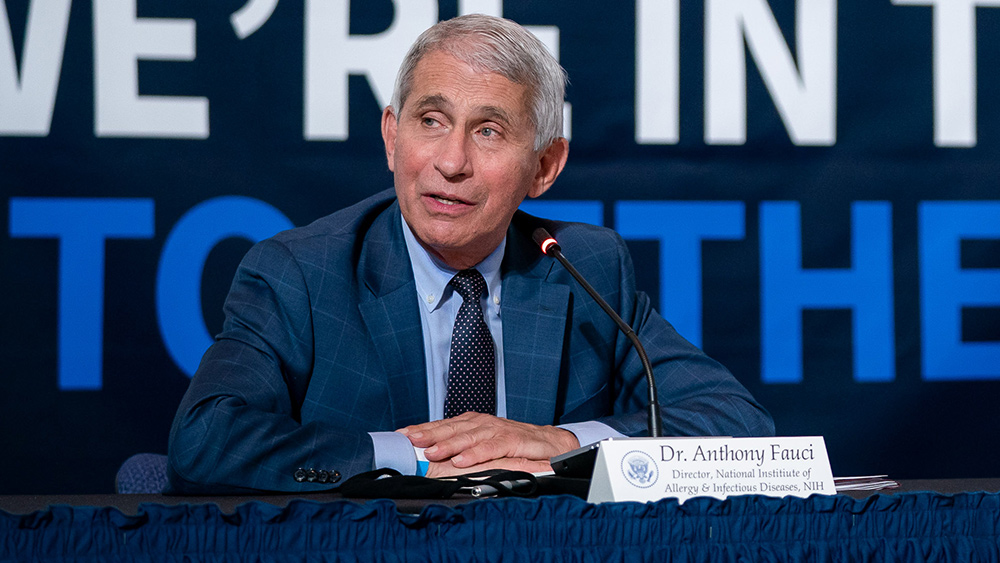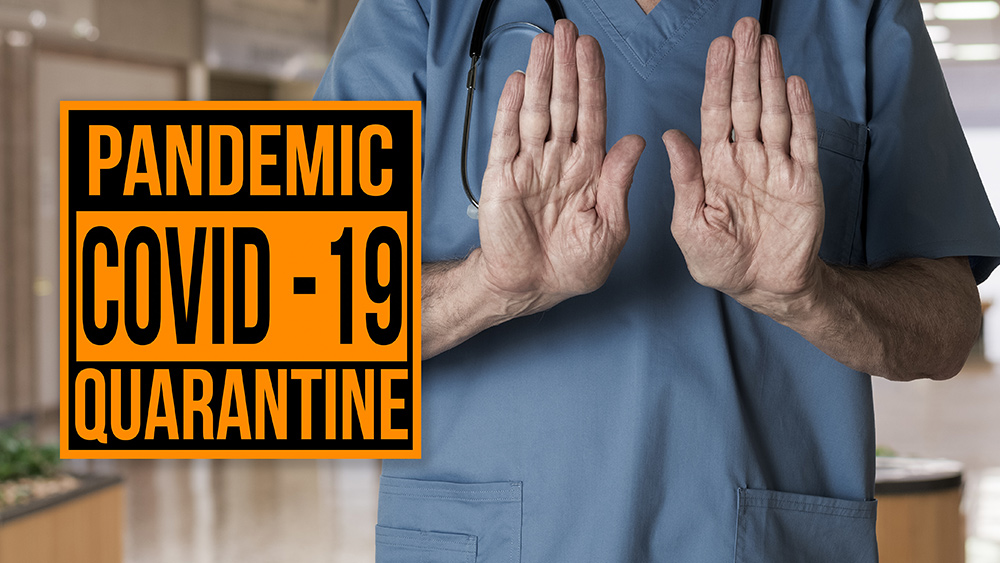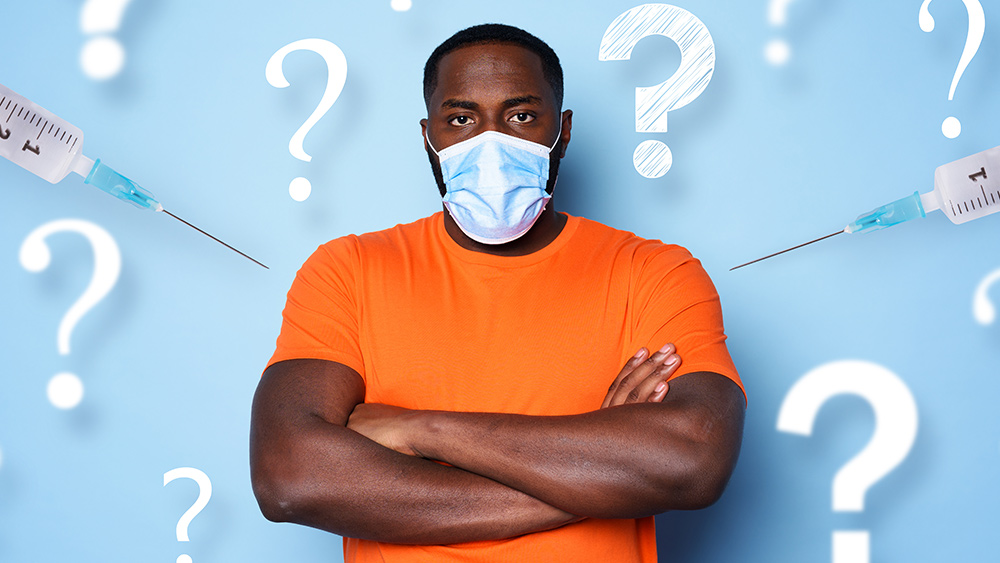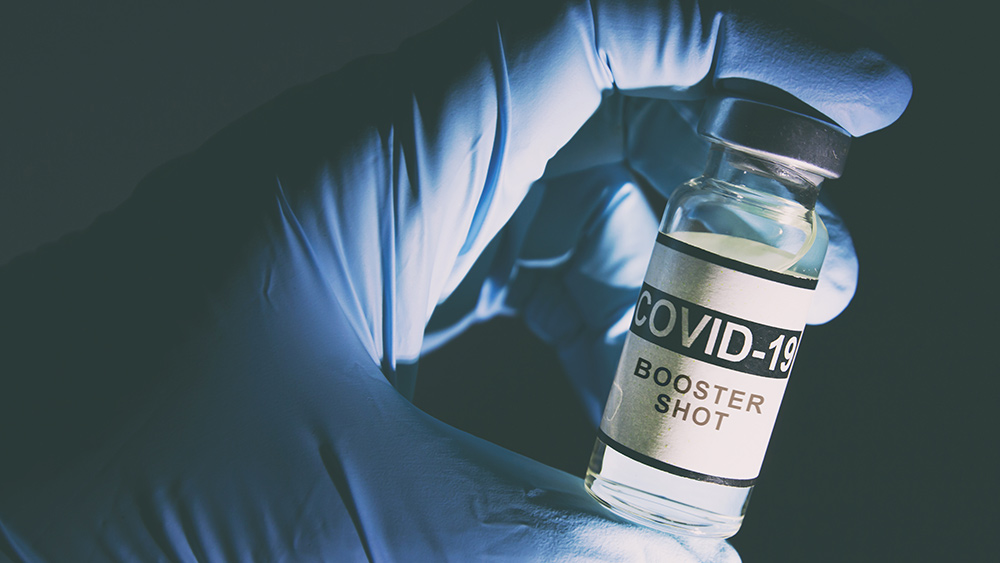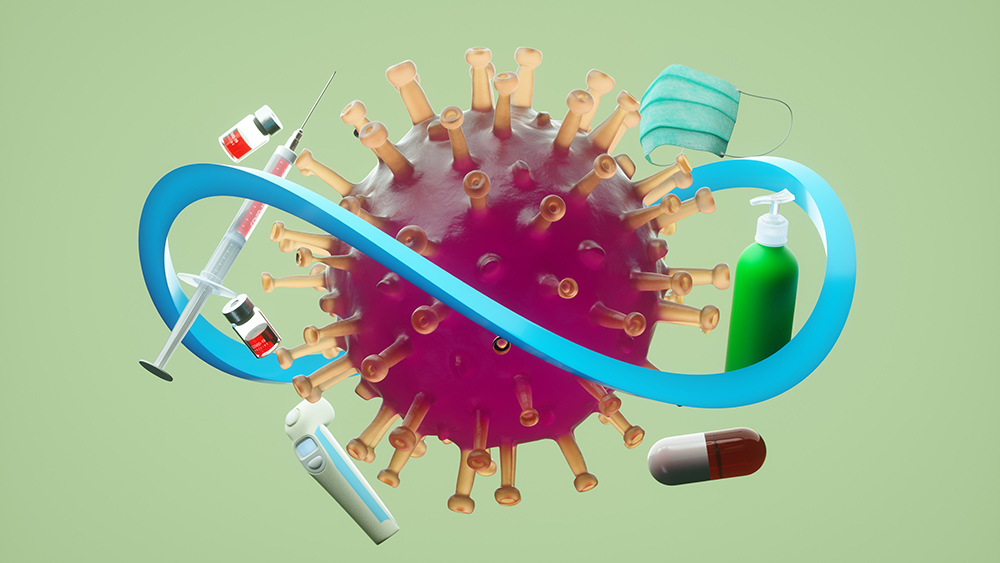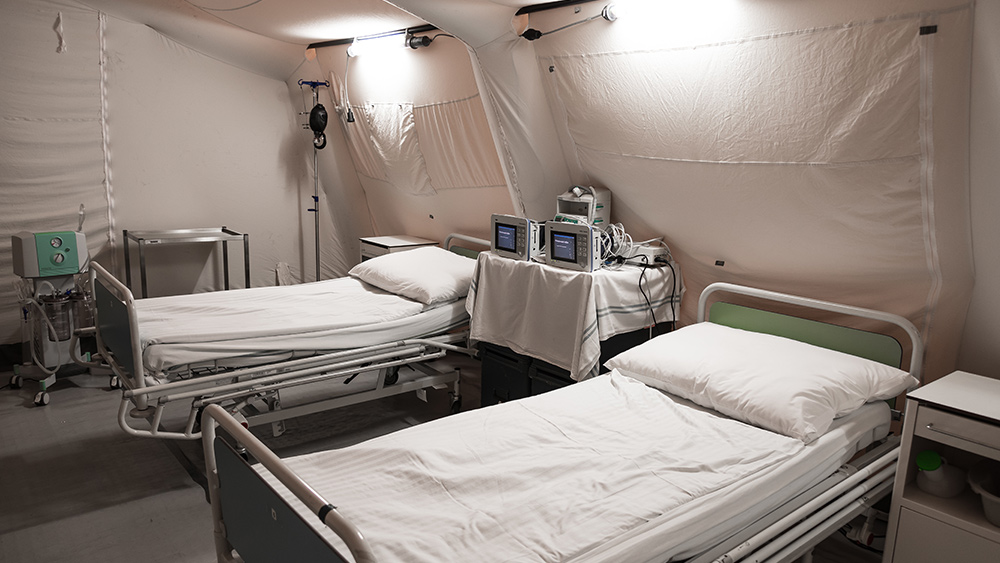Social anxiety in teens and young adults worsen during the pandemic
09/29/2021 / By Mary Villareal

Around nine to ten percent of young adults and adolescents in the United States have experienced varying degrees of social anxiety, which, according to the National Institute of Mental Health, is defined as an intense fear of being watched and judged by others. With the pandemic, even more have felt their extreme self-consciousness grow more severe.
As the U.S. continues its re-emergence from lockdowns, some young people are grappling with symptoms of social anxiety as they encounter newfound insecurities, fear of public spaces and reluctance to hang out with their friends. The result has been harmful as young adults underscore the potential long-lasting effects on the mental health of a generation.
Intertwined with these feelings is the pressure to enjoy youth while knowing that the pandemic and their social anxiety have prevented them from taking the simplest steps of early adulthood, such as meeting new co-workers, going on dates, or simply having fun with friends on a night out.
Paula Yanes-Lunkin, an assistant professor of psychology from Columbia University and the New York State Psychiatric Institute said, “As we start to socialize more, we’re going to probably see greater rates of social anxiety than there were before the pandemic.”
Psychologists across the country expect the disorder to become more prevalent in the next months, and expect it to lead to greater rates of depression, which already affects about 13 percent of adults ages 18 to 25.
“For youth, in particular, this is a concern because this is a time when they’re building those social skills, and they haven’t had as many opportunities as older adults,” Yanes-Lunkin said.
Young people are typically defined as those ages 13 to 25. They do not have fully developed frontal lobes of the brain, which further exacerbates their anxiety symptoms. This is why a lot of young adults ask repetitive questions for reassurance, said Dr. Leela Magavi, a psychiatrist from Newport Beach, California.
For some, amplified worries lead to seclusion and depression. (Related: Try these evidence-based natural remedies for social anxiety.)
In-person schooling also made isolating more difficult for students whose anxiety about returning to classes could be more prevalent due to “social phobias” brought by the pandemic. This is also why more schools across the country are trying to offer more mental health resources in the fall semester.
The University of Alabama at Birmingham is also asking professors to look out for warning signs of social anxiety in students, such as tardiness and disengagement in the classroom.
“If faculty are not aware of social anxiety and its impact, they may assume that students don’t care or that they are disinterested. Really, it has much more to do with the fear of being called on or being wrong or looking stupid,” said Dr. Angela Stowe, the director of the university’s student counseling services.
Survey reveals nearly half of US teens concerned about anxiety
Around 48 percent of teens in the U.S. are concerned about experiencing social anxiety as they transition back to “normal” life. The Morgan Stanley Alliance for Children’s Mental Health polled a nationally representative group of teens ages 15 to 19, gathering insights on the impact of COVID-19 on their mental health.
Following the year that included remote learning, 47 percent of teens expressed their concern about falling behind in school. 43 percent also reported that they are concerned about mental health challenges as a result of the pandemic. Moreover, as much as one-third of teens said they felt anxious about returning to face-to-face learning.
The survey also showed that the pandemic has especially impacted the Black and Hispanic population, with 64 percent of Black teens and 52 percent of Hispanic teens expressing concern about social anxiety following the pandemic. Black teens are also twice as likely as white teens to say that they are not comfortable speaking to anyone about their mental health.
The findings reaffirmed the importance of the work that is needed to prioritize children’s mental health, especially in underserved communities.
“It is clear that new issues have taken hold or gotten worse during the pandemic, particularly surrounding the mental well-being of young people. With the Alliance re-emergence program, we will do everything we can to provide support and resources for families and educators during this crucial time,” said Joan Steinberg, the president of the Morgan Stanley Foundation and CEO of the Morgan Stanley Alliance for Children’s Mental Health Advisory Board.
Read more about how COVID-19 has impacted teens and young adults at Pandemic.news.
Sources include:
Submit a correction >>
Tagged Under:
anxiety, covid-19, depression, education, face to face learning, infections, isolation, lockdowns, mental health, outbreak, pandemic, public schools, social anxiety, teens, young adults
This article may contain statements that reflect the opinion of the author
RECENT NEWS & ARTICLES
Infections.News is a fact-based public education website published by Infections News Features, LLC.
All content copyright © 2018 by Infections News Features, LLC.
Contact Us with Tips or Corrections
All trademarks, registered trademarks and servicemarks mentioned on this site are the property of their respective owners.


